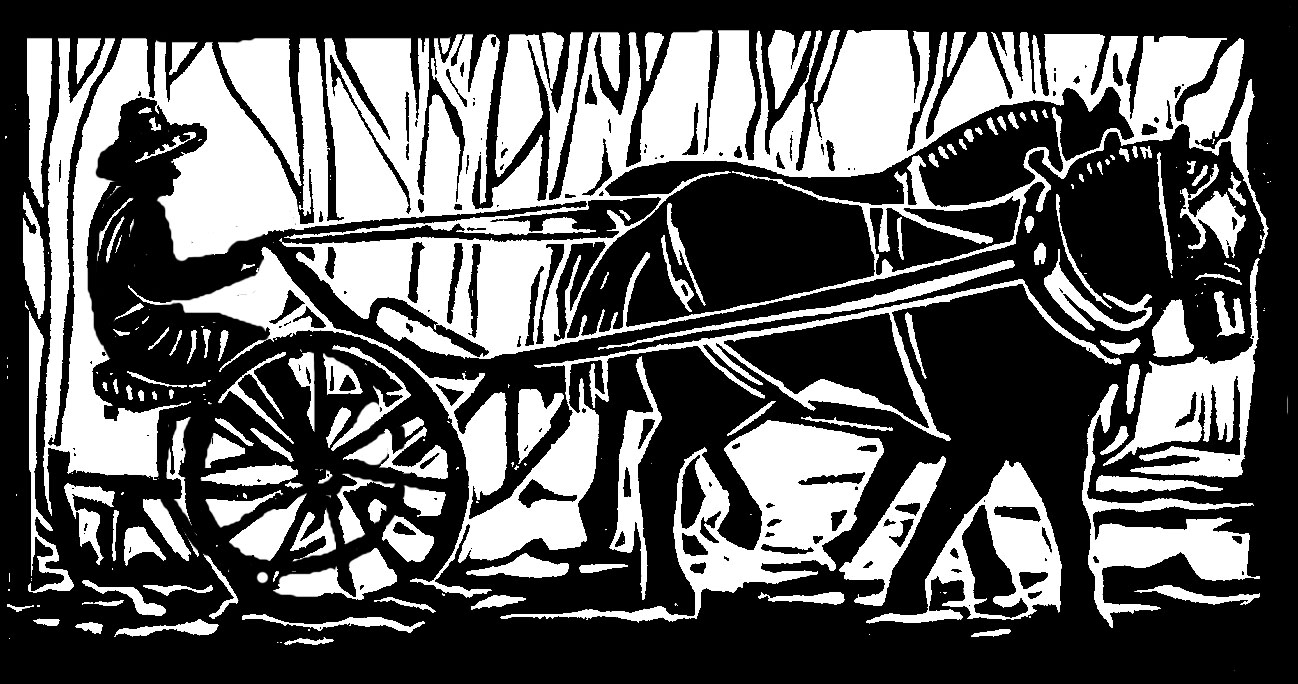Things get a little crazy on our vegetable farm in November. We are so close to the end of the high season that we can taste it. But we don't want to just taste it. We want to gobble it up.
Thus, after a season of my reading material consisting mainly of the Sunday comics my sister saves for me, the Monadnock Shopper News, and overdue bills, I have recently checked out four picture books, two young adult fantasy novels, two adult novels, one spiritual autobiography, a book on pottery, two books of poetry, and a non-fiction book by Terry Tempest Williams, all from three different libraries, one of which is the bookshelf at my new friend's house.
My new friend, who has many many wonderful books, including a whole section entirely devoted to contemporary poetry, and who is not farming this season, which she both regrets and does not regret, recently invited us to supper in order to “feed the farmers,” as she so nicely put it. She served us a feast of chickpea vegetable casserole, roasted peppers, salad with two choices of dressing, homemade applesauce, and chocolate cake and whipped cream. This after our high garden season of meals consisting mainly of popcorn, salad turnips, pieces of cheese, and in the fall, apples, with the occasional spoonful of peanut butter. (At least we grow two of these!)
In the music department, our high garden season consists mainly of birdsong (beautiful), the horses' harness jingling (beautiful), and in July, the rain, rain rain (a little too much to be beautiful). There were also the sounds of our nightmares: the chewing, chewing, chewing of rodents in the garden and greenhouses. But now, in November, my fellow farmer has just gotten tickets for one, two, three, four live concerts, two of which are happening on the same day.
“How are you going to swing that?” I ask him.
“Oops,” he says, and looks a little further into his ticket details.
“Yes!” he whoops. “Yes! One is at four! One is at eight! Two concerts on the same day!”
I have also begun to imagine other winter delights. Massages. Making holiday presents. Taking the big pile of donations, gathered last winter, and gathering dust all garden season, to the thrift store. A clean kitchen, regular meals, and, yes, changing the sheets on the bed, so that they aren't nearly as full of dirt as the garden beds.
In other words, we are really, really, ready for the end of the growing season.
But the growing season is not quite ready for the end of us. Though it was a very late first frost this year, when it came, it came, and we were deluged by the last hoorah of the garden season. Suddenly everything that was in the garden seemed to be in our house.
In the kitchen we have 200 heads of cabbage, 300 leeks, four trays of troubled vegetables, and eight five gallon buckets of apples.
In the living room, cozy with the thrift store donations and the house plants, we have 23 trays and six buckets of green and ripening tomatoes.
In the front room, we have five crates of frantically dug ginger and turmeric plants, two crates of peppers, a bushel and two more buckets of apples, five bags of garlic, three buckets of fingerling and yellow potatoes, four bushel baskets of onions, a mess of chard, two trays of hot peppers, a bucket of tiny side shoots of broccoli, and three buckets of tomatillos.
Happily, most of this will clear out in the last two weeks of our CSA distribution season. Less happily, all these baskets and crates and buckets surround our wood stove, and we can't even get close to it, let alone start a fire.
Ah, well … soon vegetables will turn into feasts, and fires, and music, and books.
Originally published in the Monadnock Shopper News, Nov 17 - Nov 23, 2021
